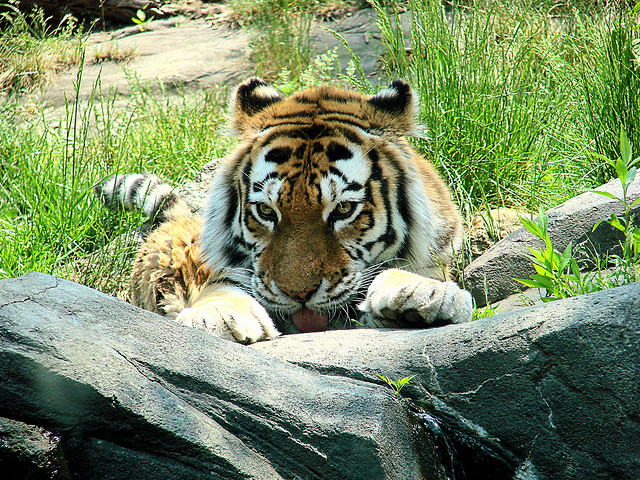
- Posted on 12 Jun 2012 7:08 am

As a matter of fact, tigers are the top predator in the food chain that keeps the eco-system going in the tropical jungles of Asia. Due to human misdeeds, these wild creatures including tigers are in danger of extinction. Cutting trees, polluting air, rise in poaching and much more are the human deeds that impact the tiger species. There are several ways for saving tigers in which few of the simplest ways you can adopt to save the Indian tiger from becoming extinct. Those measures are as follows:
Create Awareness: The tiger species is in danger and only excessive awareness programs can save the species. Everybody can help if they did their part. You could help as well, all you have to do is to make posters or fliers illustrating about the significance of tigers on the planet earth. Our small efforts can bring awareness among locals, which makes a lot of difference.
Poaching: Hunting of tigers is legally banned throughout the country. This step has been taken because selling tiger skin or any other body parts is the biggest reason why the Tigers are going extinct. If you know somebody who is involved in Indian tiger hunting then it is your duty to report the officials.
Support a Cause: You might have come across of several programs that are running to save the tiger. You should take part in it and support their cause as it can bring the awareness among the people. You could also start your own blog on how to save the tigers or a save tiger campaign, it will really educate the people.
Stop the use of Goods made of Tiger Skin: You should stop using those goods that are made of tiger skin. Also please don't use the medicine made out of the tiger's body parts. On an average one wild tiger is killed each day for profit killing.
Forest Protection: It is required and a very necessary step to make as we need to save the tigers. Saving the natural habitat will ultimately help us in saving tigers. You can also plant as much tree as possible. Your small contribution can make a lot of difference.
There were almost eight species of tigers on the planet earth. However, three of them are already extinct. We should be making efforts to save the rest five species. There have been several ongoing campaigns for saving the tigers started by NDTV, Aircel and so on. As a common person we need to take a few steps, which can make a lot of difference. Our awareness will bring the revolutionary changes in the current situations.


 Corbett National Park, a renowned wild reserve located in Uttarakhand (India), has witnessed a surprising presence of a winter migrant bird: ‘Bean Goose’. A team of bird watchers and researchers has reported the sighting of this Rare Migratory Bird at Jim Corbett in 2011.
According to experts, Bean Goose birds are spotted very rarely. In India, the bird was last seen in Bikaner (Rajasthan) in the year 1948. After 1948, this bird has never been spotted in Rajasthan. Earlier to Jim Corbett National Park, this bird was seen at Hari Barage (Punjab) in the year 2003, Saikhowa National Park (Dibrugarh), and Assam in 2007.
The head of the team of five researchers, Anushree Bhattacharjee explained that earlier they were not confirmed about the species of this bird since a single Bean Goose was being spotted among the flock of species like Bar-headed Goose and Ruddy Shelduck. These flocks are the common winter migrants to the Corbett landscape. Once the team was confirmed about the Bean Goose, they further consulted other experts like the Goose Specialist Group of the Wetlands International and IUCN species survival commission. The team was then affirmed about the species of Ben Goose in March that generally bears two varieties namely the Tundra Bean Goose and the Taiga Bean Goose.
She further explained that the presence of the species of Tundra Bean Goose was confirmed by the experts of the Goose Specialist group, when it was spotted in Tumariya. The species of Ben Goose normally moves to south during winters in the Arctic to the sub-tropical regions including Europe and Asia. The species generally moves to the maximum extent of the south region as China. This was surely a surprising sighting of this rare species that caught the attention of maximum staffs of the
Corbett National Park, a renowned wild reserve located in Uttarakhand (India), has witnessed a surprising presence of a winter migrant bird: ‘Bean Goose’. A team of bird watchers and researchers has reported the sighting of this Rare Migratory Bird at Jim Corbett in 2011.
According to experts, Bean Goose birds are spotted very rarely. In India, the bird was last seen in Bikaner (Rajasthan) in the year 1948. After 1948, this bird has never been spotted in Rajasthan. Earlier to Jim Corbett National Park, this bird was seen at Hari Barage (Punjab) in the year 2003, Saikhowa National Park (Dibrugarh), and Assam in 2007.
The head of the team of five researchers, Anushree Bhattacharjee explained that earlier they were not confirmed about the species of this bird since a single Bean Goose was being spotted among the flock of species like Bar-headed Goose and Ruddy Shelduck. These flocks are the common winter migrants to the Corbett landscape. Once the team was confirmed about the Bean Goose, they further consulted other experts like the Goose Specialist Group of the Wetlands International and IUCN species survival commission. The team was then affirmed about the species of Ben Goose in March that generally bears two varieties namely the Tundra Bean Goose and the Taiga Bean Goose.
She further explained that the presence of the species of Tundra Bean Goose was confirmed by the experts of the Goose Specialist group, when it was spotted in Tumariya. The species of Ben Goose normally moves to south during winters in the Arctic to the sub-tropical regions including Europe and Asia. The species generally moves to the maximum extent of the south region as China. This was surely a surprising sighting of this rare species that caught the attention of maximum staffs of the 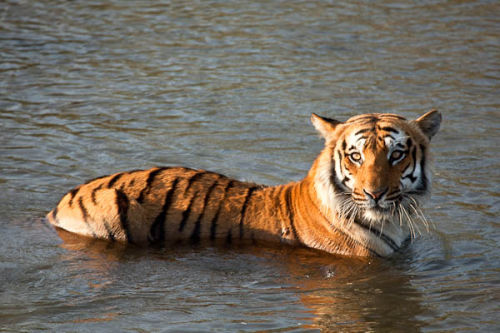

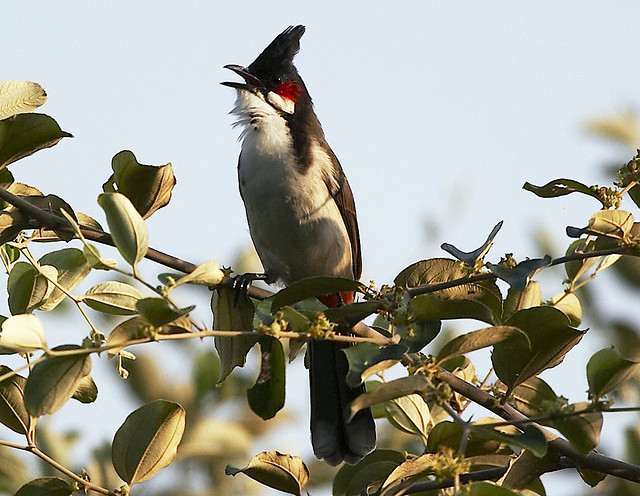 India is a singular land belonging to numerous varieties of wild species as their natural habitat due to its tropical environment. Along with 17 mega diverse countries, India is home to about 60-70% of the world’s biodiversity. With European expansion and urbanization, most of the extinction in India has been witnessed. Apart from that brutal human behaviors to fulfill their necessities and their unauthorized hobbies including shooting and hunting have also led to the loss of the count of these species. India alone is the major cause of loss of number of species of the wild organisms including the Bengal tiger which is ironically our national animal.
India is a singular land belonging to numerous varieties of wild species as their natural habitat due to its tropical environment. Along with 17 mega diverse countries, India is home to about 60-70% of the world’s biodiversity. With European expansion and urbanization, most of the extinction in India has been witnessed. Apart from that brutal human behaviors to fulfill their necessities and their unauthorized hobbies including shooting and hunting have also led to the loss of the count of these species. India alone is the major cause of loss of number of species of the wild organisms including the Bengal tiger which is ironically our national animal.
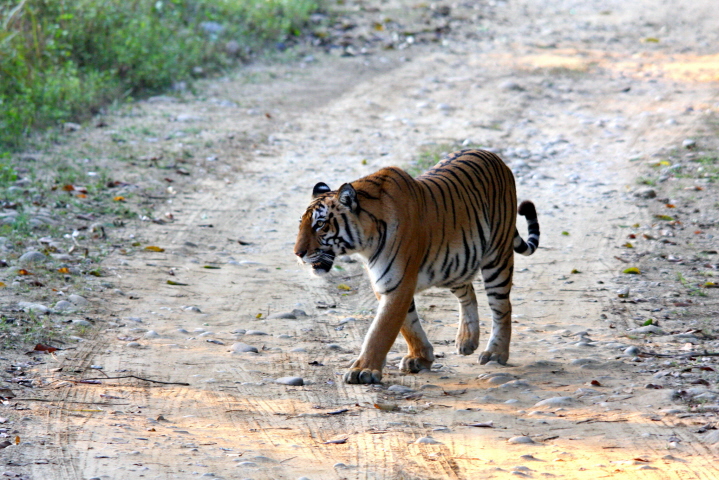 The launch of the “
The launch of the “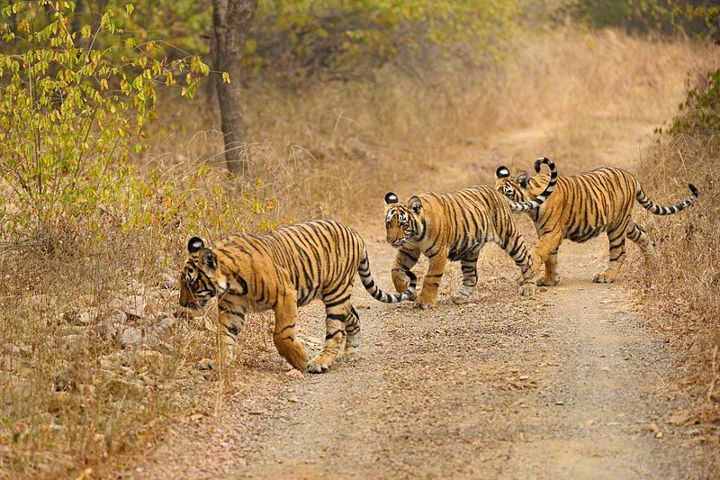
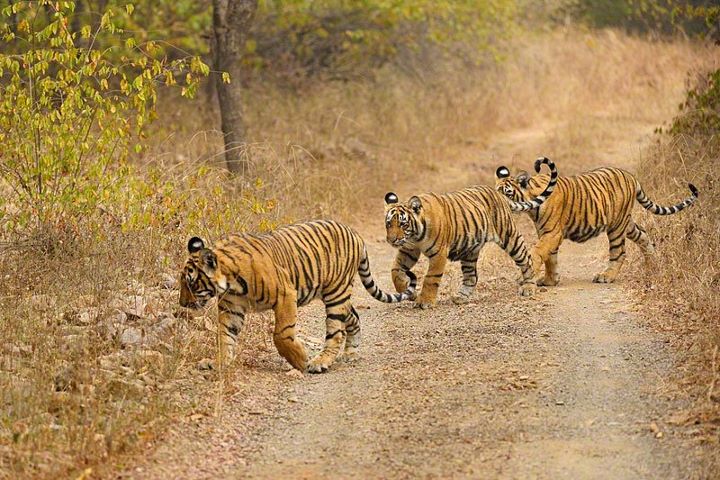 The wildlife reserves are so designed to maintain natural habitat for different species so that they can survive independently and with full protection. These natural habitats are being popularized in the form of national parks in India.
The wildlife reserves are so designed to maintain natural habitat for different species so that they can survive independently and with full protection. These natural habitats are being popularized in the form of national parks in India.
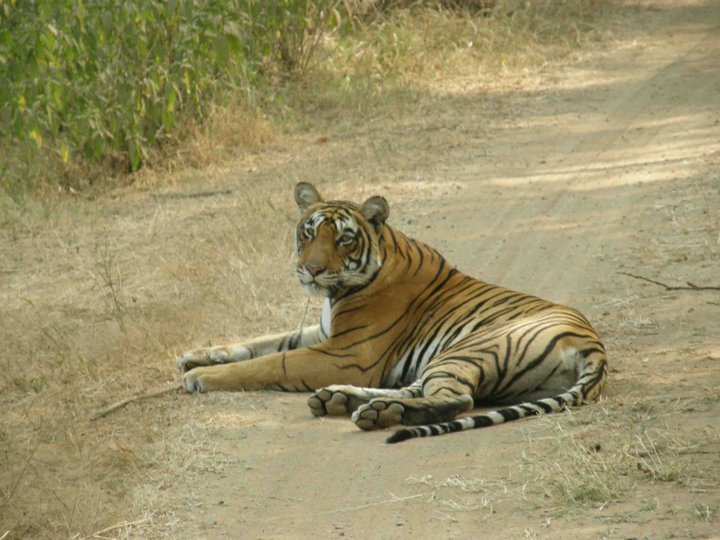
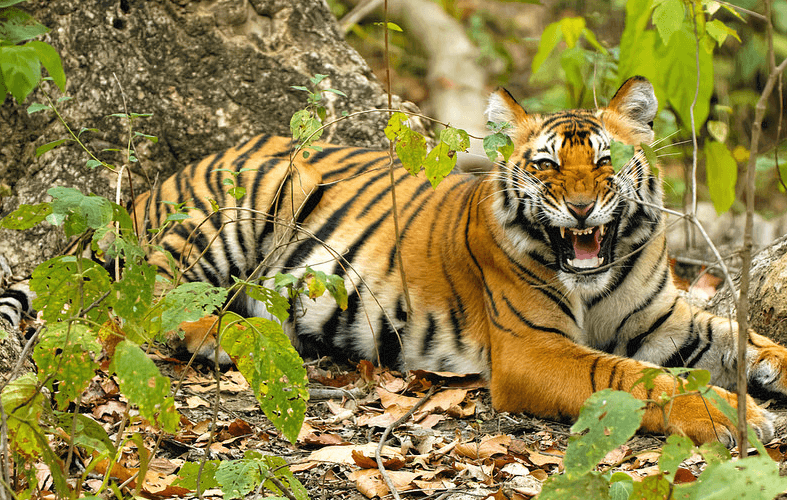 Superstar Amitabh Bacchan showed his support by mentioning its importance in his blog. With multiple SMS poll, Aircel raised this issue and created awareness among the public to understand the importance of tiger conservation in our country.
Superstar Amitabh Bacchan showed his support by mentioning its importance in his blog. With multiple SMS poll, Aircel raised this issue and created awareness among the public to understand the importance of tiger conservation in our country.
